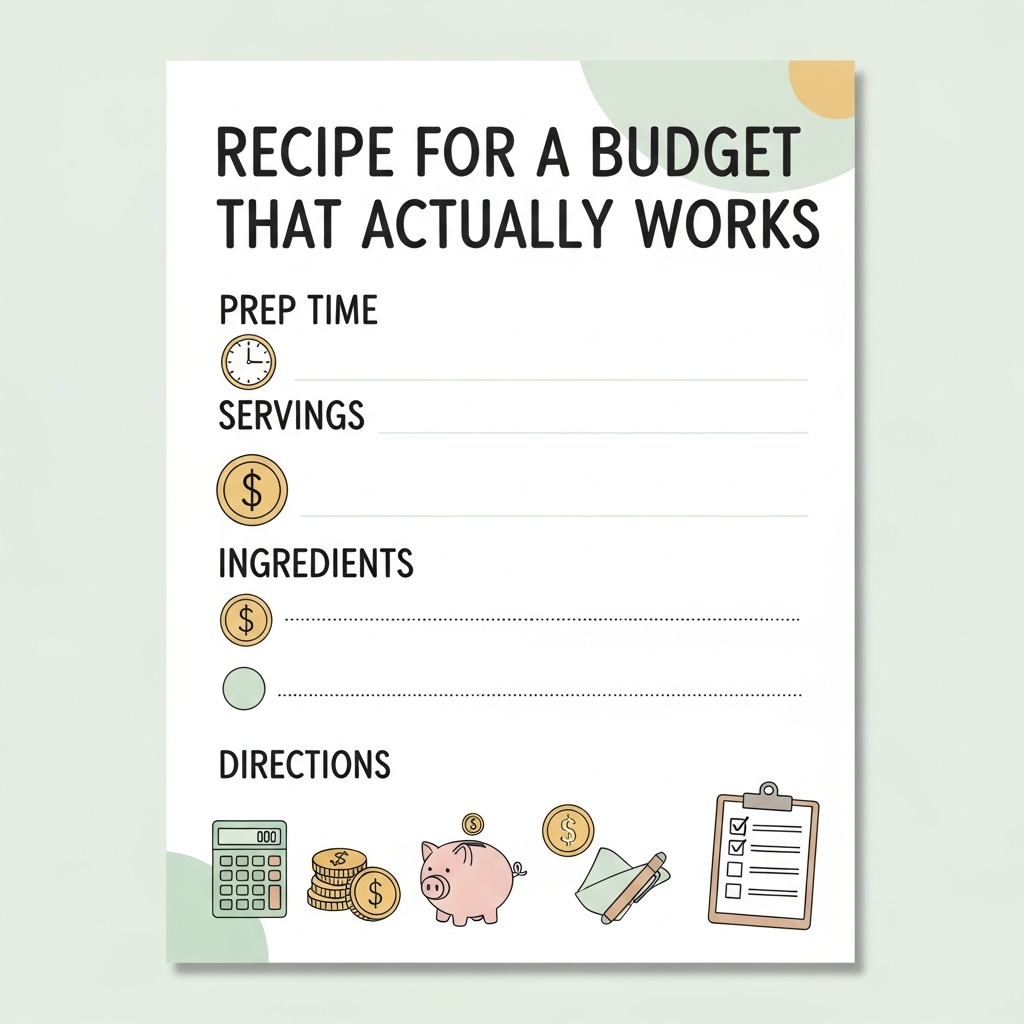Why a Realistic Budget Matters
A budget isn’t about restriction—it’s about control. A realistic budget ensures:
- You spend within your means
- You plan for future goals like travel, home purchase, or retirement
- You reduce financial stress by avoiding unnecessary debt
Step 1 – Understand Your Income
List all sources of income:
- Salary (after taxes)
- Freelance or side hustle earnings
- Passive income (rent, dividends, etc.)
Tip: Always calculate net income—the amount you take home after taxes and deductions.
Step 2 – Track Your Expenses
Start by listing your expenses for the last 1–2 months.
- Fixed expenses: Rent, mortgage, insurance, subscriptions.
- Variable expenses: Groceries, dining out, entertainment.
Tools: Use apps like Mint, YNAB (You Need a Budget), or a simple Excel/Google Sheet.
Step 3 – Set Clear Financial Goals
A budget without a goal is just a list of numbers.
- Short-term goals: Emergency fund, paying off credit card debt.
- Long-term goals: Retirement savings, buying a home.
Use the SMART framework: Specific, Measurable, Achievable, Relevant, Time-bound.
Step 4 – Choose a Budgeting Method
Popular budgeting systems:
- 50/30/20 Rule – 50% needs, 30% wants, 20% savings/debt repayment.
- Zero-Based Budgeting – Assign every dollar a job until nothing’s left unallocated.
- Envelope System – Use cash envelopes for each spending category.
Step 5 – Allocate Your Spending
Based on your chosen method, assign limits for:
- Housing
- Food & groceries
- Utilities
- Transportation
- Debt repayment
- Savings & investments
- Entertainment
Step 6 – Adjust and Refine Monthly
Budgets aren’t static—review each month to:
- See if you overspent in any category
- Move funds between categories if necessary
- Reassess goals and priorities
Step 7 – Stick to Your Budget
- Automate savings so you’re not tempted to spend first
- Set reminders to log expenses
- Use accountability—share your goals with a trusted friend or partner
Tools and Resources for Budgeting
- Apps: Mint, YNAB, Goodbudget
- Templates: Google Sheets budget tracker
- Books: The Total Money Makeover by Dave Ramsey, Your Money or Your Life by Vicki Robin
Common Budgeting Mistakes to Avoid
- Underestimating expenses: Always round up for a cushion.
- Forgetting irregular expenses: Annual fees, insurance premiums.
- Not tracking small purchases: Coffee runs and snacks add up.
FAQs
1. How much should I save each month?
Aim for at least 20% of your income, but start small if necessary.
2. What if my expenses exceed my income?
Cut non-essential spending and explore ways to increase income.
3. Is it okay to change my budget mid-month?
Yes—budgets should be flexible to adapt to real-life changes.
Conclusion: Financial Freedom Through Planning
Creating a budget isn’t about deprivation—it’s about aligning your money with your values. By tracking, planning, and adjusting, you can take control of your finances and work toward a life free of financial stress.
